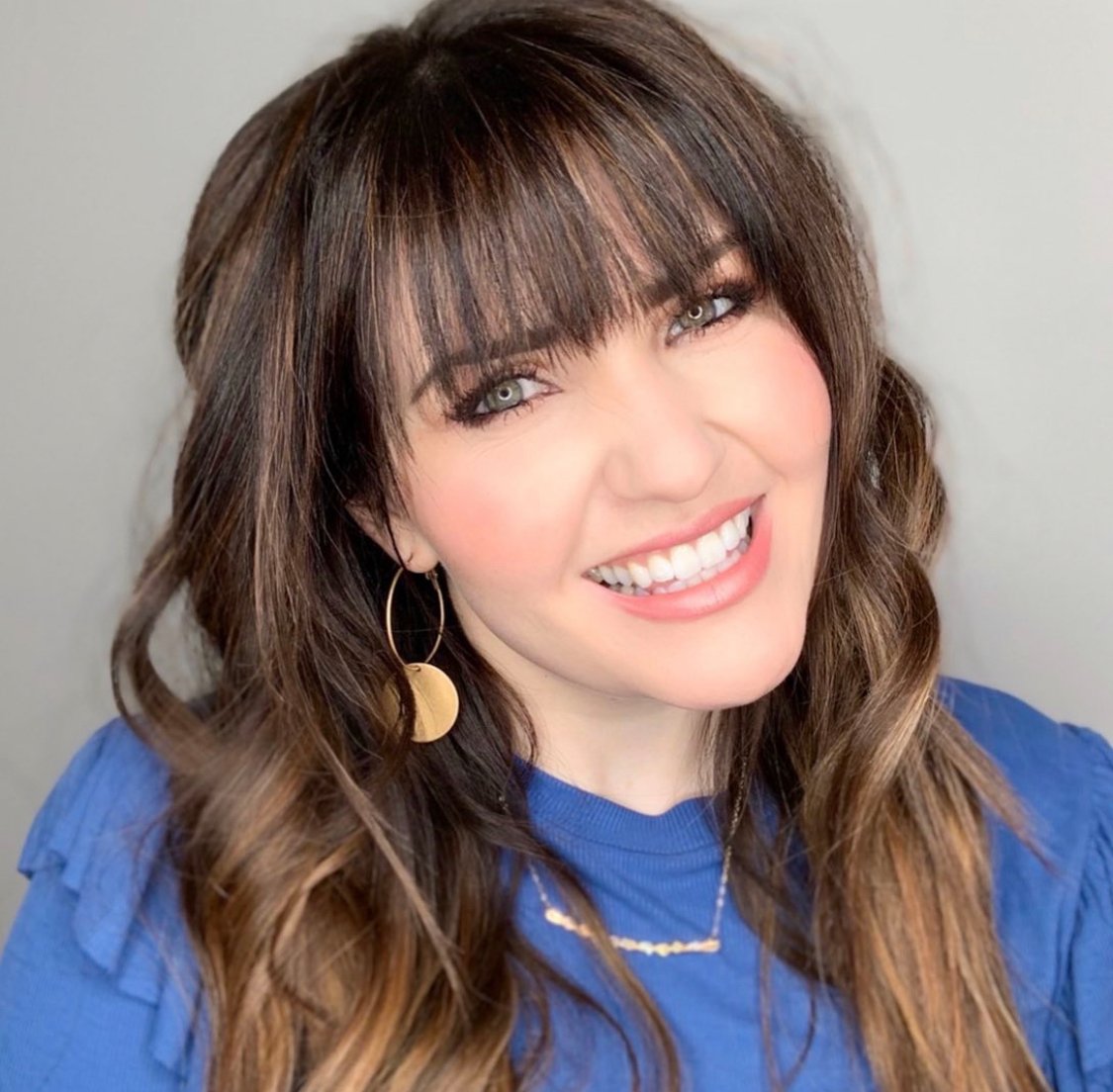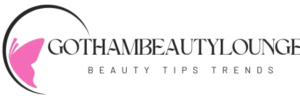How long should you wait for a facial after Botox? It’s generally recommended to wait at least 24-48 hours, and ideally a full week, before getting a facial after Botox injections. This waiting period allows the Botox to settle and prevents any interference with its effects. Let’s explore the botox facial timing in detail and ensure your facial after botox safe.

Image Source: fountainaesthetics.ca
Why Botox Facial Timing Matters: Risks of Rushing
Getting a facial too soon after Botox can potentially impact your results and even lead to unwanted side effects. Understanding why this wait time is crucial is the first step in maximizing your investment in Botox and ensuring a positive experience.
Displacement of Botox
The primary concern is the possible displacement of the injected Botox. Botox works by temporarily paralyzing the muscles in the treated area. It takes time for the product to bind to the nerve endings and start working. If you receive a facial too soon, the pressure, massage, or heat involved could potentially move the Botox from its intended location.
- Risk: Uneven results, reduced effectiveness, or affecting unintended muscles.
- Mitigation: Strict adherence to the recommended waiting period.
Increased Swelling and Bruising
Botox injections can sometimes cause minor swelling or bruising at the injection site. Facials, especially those involving vigorous massage or exfoliation, can exacerbate these side effects.
- Risk: Prolonged swelling, increased bruising, discomfort.
- Mitigation: Allow existing swelling to subside before undergoing facial treatments.
Interference with Botox Absorption
While less likely, there’s a theoretical risk that certain facial treatments could interfere with how the body absorbs Botox. For instance, treatments that increase circulation could potentially speed up the metabolism of Botox, shortening its duration of effect.
- Risk: Reduced Botox longevity, needing more frequent treatments.
- Mitigation: Opt for gentle, non-invasive treatments after the initial waiting period.
Post Botox Facial: A Detailed Timeline
Knowing precisely how soon facial after botox is permissible involves considering various factors. Here’s a breakdown of a recommended botox and facial schedule.
The First 24-48 Hours: The Critical Period
This is the most vulnerable time frame. The Botox is still settling, and any external pressure or manipulation is best avoided.
- Avoid: Massages, facials, strenuous exercise, rubbing or touching the treated area, lying face down.
- Allow: Gentle movement of facial muscles (as directed by your injector), avoiding extremes of heat (saunas, hot showers).
3-7 Days Post-Injection: Gradual Reintroduction of Activities
After 48 hours, the risk of displacement diminishes significantly. However, it’s still best to be cautious.
- Consider: Light, non-invasive facials might be acceptable, but always consult your injector first.
- Avoid: Deep tissue massages, aggressive exfoliation, microdermabrasion, or treatments involving heat or strong pressure.
- Symptoms to Watch For: If you experience any unusual swelling, bruising, or pain, postpone your facial and contact your injector.
1 Week and Beyond: Proceed with Caution
After a week, the Botox should be well-established. You can likely resume most facial treatments, but some precautions are still advisable.
- Okay: Gentle facials, hydrating masks, superficial peels.
- Use Caution With: Deep peels, microdermabrasion, laser treatments, or any procedure that involves significant pressure or heat.
- Best Practice: Inform your esthetician that you’ve recently had Botox so they can adjust the treatment accordingly.
Table: Recommended Waiting Times for Different Facial Treatments After Botox
| Facial Treatment | Recommended Wait Time | Rationale |
|---|---|---|
| Gentle Cleansing Facial | 3-7 Days | Avoids pressure on injection sites; allows any minor swelling to subside. |
| Hydrating Facial | 3-7 Days | Similar to cleansing facials; choose treatments with minimal massage. |
| Light Chemical Peel | 1 Week | Allows Botox to fully settle before introducing exfoliating agents. Start with a mild peel. |
| Microdermabrasion | 2 Weeks | Involves exfoliation and suction, which could potentially affect Botox distribution. |
| Deep Tissue Massage | 2 Weeks | Significant pressure could displace Botox or exacerbate swelling. |
| Laser Treatments | 2-4 Weeks | Heat can potentially affect Botox; spacing allows for full Botox effect and minimizes interaction. Consult your doctor. |
| Microneedling | 2-4 Weeks | Microneedling creates micro-injuries, so adequate healing time is crucial after Botox and before this treatment. Consult your doctor. |
| Radiofrequency (RF) | 2-4 Weeks | RF generates heat, which could theoretically affect Botox. Waiting ensures stability. Consult your doctor. |
| Lymphatic Drainage Facial | 1 Week | Should be gentle and avoid direct pressure on injection sites, but lymphatic drainage can help reduce swelling and enhance circulation without affecting Botox. |
Facial After Botox Safe: Factors Influencing the Wait Time
The optimal wait time after botox facial can vary based on several individual factors.
Injection Site
The area where you received Botox can influence the recommended waiting period. For example, Botox around the eyes might require a slightly longer wait before certain facial treatments than Botox in the forehead.
Dosage
Higher doses of Botox might necessitate a longer waiting period to ensure the product is fully settled.
Individual Healing Response
Some people experience more swelling or bruising after Botox than others. If you tend to bruise easily, extending the wait time might be prudent.
Type of Facial Treatment
As outlined in the table above, different facial treatments pose varying degrees of risk. A gentle hydrating facial is less likely to cause problems than an aggressive chemical peel.
Injector’s Recommendations
Always follow the specific instructions provided by your injector. They know your individual case best and can provide tailored advice.
Choosing Facial Treatments After Botox: What’s Safe & What’s Not
Selecting the right facial treatments after Botox requires careful consideration. Understanding what’s safe and what’s best avoided is key.
Safe Options
- Gentle Cleansing Facials: These focus on removing surface impurities without aggressive exfoliation or massage.
- Hydrating Facials: These replenish moisture with gentle products and minimal manipulation.
- LED Light Therapy: This non-invasive treatment can promote healing and reduce inflammation without affecting Botox.
- Lymphatic Drainage Facials: As long as it’s gentle and avoids direct pressure on injection sites.
Treatments to Approach with Caution
- Chemical Peels: Start with light peels and wait at least a week. Avoid deep peels for several weeks.
- Microdermabrasion: Wait at least two weeks due to the exfoliation and suction involved.
- Laser Treatments: Consult your injector and esthetician. A longer waiting period (2-4 weeks) is typically recommended.
- Microneedling: Consult your injector and esthetician. A longer waiting period (2-4 weeks) is typically recommended.
- Radiofrequency (RF): Consult your injector and esthetician. A longer waiting period (2-4 weeks) is typically recommended.
Treatments to Avoid (Initially)
- Deep Tissue Massage: High risk of displacing Botox.
- Any Treatment Involving Strong Pressure or Heat: These can potentially interfere with Botox.
Botox Facial Contraindications: When to Avoid Facials Altogether
While a waiting period is generally recommended, certain botox facial contraindications might make it necessary to avoid facials altogether for a longer duration.
- Active Skin Infections: If you have any skin infections, such as herpes simplex (cold sores) or impetigo, postpone your facial until the infection has cleared.
- Significant Bruising or Swelling: If you experience significant bruising or swelling after Botox, wait until it has subsided before getting a facial.
- Certain Medical Conditions: Some medical conditions, such as autoimmune disorders, might make you more susceptible to complications from facials. Consult your doctor before proceeding.
- Recent Cosmetic Procedures: If you’ve recently undergone other cosmetic procedures, such as laser resurfacing or surgery, discuss with your doctor to confirm it is safe to undergo facial.
Facial After Botox Guidelines: Communicating with Your Esthetician
Open communication with your esthetician is crucial to ensure a safe and effective facial after Botox. Here are some essential facial after botox guidelines:
- Inform Your Esthetician: Tell your esthetician that you’ve recently had Botox and when the injections were performed.
- Discuss Your Concerns: Express any concerns you have about potential interactions between the facial treatment and your Botox.
- Ask About Product Ingredients: Inquire about the ingredients used in the facial products and ensure they are compatible with Botox.
- Request a Gentle Approach: Ask your esthetician to use a gentle touch and avoid excessive pressure or massage.
- Listen to Their Advice: Your esthetician is a skincare professional. Trust their expertise and follow their recommendations.
Finding the Best Time for Facial After Botox: A Personalized Approach
Ultimately, determining the best time for facial after botox involves a personalized approach.
- Consult Your Injector: Your injector knows your individual anatomy and Botox treatment plan best.
- Listen to Your Body: Pay attention to how your skin is healing and adjust your schedule accordingly.
- Start Slow: When reintroducing facial treatments, start with gentle options and gradually increase the intensity as tolerated.
- Be Patient: Don’t rush the process. Give your skin the time it needs to heal and adjust to the Botox.
Summary: Key Takeaways for Safe Facial After Botox
- Wait at least 24-48 hours, ideally a full week, before getting a facial.
- Avoid treatments involving pressure, massage, or heat during the initial waiting period.
- Choose gentle, hydrating facials as your first option.
- Inform your esthetician that you’ve recently had Botox.
- Consult your injector for personalized recommendations.
By following these guidelines, you can safely enjoy the benefits of facials while maximizing the longevity and effectiveness of your Botox treatments.
Frequently Asked Questions (FAQ)
Q: Can I get a facial the same day as my Botox injections?
A: No, it’s strongly discouraged. You need to wait at least 24-48 hours, and ideally a week, to allow the Botox to settle.
Q: What if I accidentally got a facial too soon after Botox?
A: Don’t panic. Monitor the treated area for any unusual changes, such as uneven results or increased swelling. Contact your injector if you have any concerns.
Q: Are there any specific facial ingredients to avoid after Botox?
A: Avoid harsh exfoliants, such as high concentrations of AHAs or BHAs, in the immediate period after Botox.
Q: Can I use a facial cleansing brush after Botox?
A: It’s best to avoid using a facial cleansing brush for at least 3-7 days after Botox to prevent any potential disruption to the injected area. When you do resume use, use a gentle setting and avoid direct pressure.
Q: Is a hydrating sheet mask okay to use a few days after Botox?
A: Yes, hydrating sheet masks are generally safe to use a few days after Botox, as long as you apply them gently and avoid massaging or rubbing the treated area.
Q: What if I experience bruising after my Botox injections?
A: Avoid facials until the bruising has completely subsided. Facials could worsen or prolong the bruising. Arnica cream can help to reduce bruising.

I’m Carrie Kelly, the creator behind Gotham Beauty Lounge. Beauty is my passion, and I’ve made it my mission to bring you all the latest trends, expert tips, and honest reviews to help you elevate your beauty game. With a love for all things bold, edgy, and elegant, I believe makeup is an art form, and skincare is self-care. On my blog, I share my personal experiences, favorite products, and advice for embracing your unique beauty. Join me on this exciting journey to feel confident, empowered, and, most importantly, to always look and feel your best!
